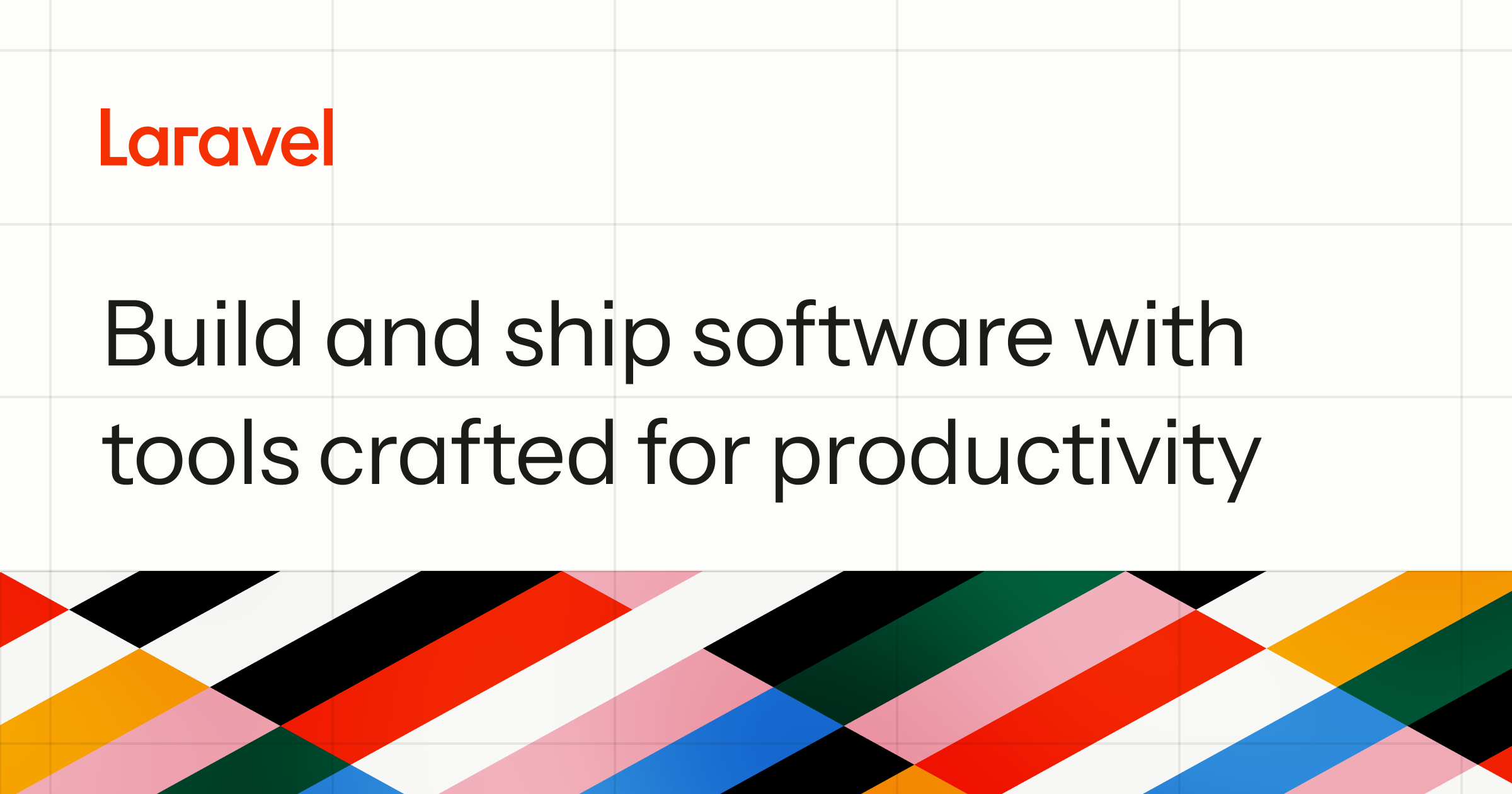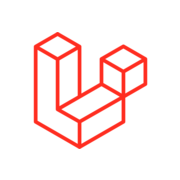Laravel: the artisan-crafted platform built to scale
There’s a quiet moment of delight when you type laravel new project and watch an entire application skeleton appear...

There’s a quiet moment of delight when you type laravel new project and watch an entire application skeleton appear—routes, tests, configuration, even tooling for queues and WebSockets—all arranged with the assurance of a framework that has been stress-tested everywhere from start-up storefronts to nine-figure-GMV megashops. Over the past decade, Laravel has evolved from “elegant PHP” into a full-blown application platform whose opinions make teams faster and whose features make CIOs comfortable betting on long-term growth.
Performance engineered
When traffic surges into the tens or hundreds of thousands of requests per second, PHP’s traditional request-per-process life-cycle can become a bottleneck. Laravel Octane sidesteps that by running the framework on high-performance Swoole or RoadRunner workers that stay resident in memory. Your bootstrap cost disappears, CPU churn drops, and horizontal scaling becomes a simple matter of adding stateless workers rather than rewriting code in a different language. Real-world deployments have crossed the 35-million-requests-per-day mark without exotic tuning, demonstrating Octane’s ability to keep pace with serious load.
Reliability at scale
In any large system, background jobs—not web requests—carry the heavy lifting: generating invoices, syncing inventory, sending notifications. Laravel’s queue façade lets you swap Redis, Amazon SQS, or any other driver without touching business logic, while Horizon layers on a real-time dashboard that tracks throughput, latency, failures, and worker health. Operations teams can raise concurrency for seasonal spikes, throttle specific queues to protect fragile downstream services, and receive alerts long before customers notice an issue. Horizon turns observability into a first-party experience instead of an aftermarket add-on.
Native real-time
Modern users expect live prices, collaborative cursors, and chat that feels instant. Historically, that meant bolting a Node or Go service beside your PHP stack. Laravel Reverb removes the bolt-on: it is a first-party WebSocket server that speaks the same event-broadcasting API you use inside controllers. Because Reverb integrates directly with Laravel’s queue and cache layers, scaling is familiar—just add more Reverb instances behind a load balancer and let Redis keep broadcasts in sync. Stock counters, sports tickers, and multiplayer dashboards all flow from the same Artisan command that scaffolds your models.
Ecosystem synergy
Performance, queues, and real-time are only the foundation. Forge provisions servers in minutes; Vapor deploys serverless fleets; Nova paints a polished admin panel; Sail spins up containerised development; Pint keeps code style spotless on CI. Each tool is authored or curated by the core team, released on the same rhythm, and documented in the same voice, so your deployment pipeline evolves in lock-step with your application code rather than drifting into a patchwork of vendor scripts.
Developer joy, business velocity
Underneath the enterprise-grade muscle, Laravel still prizes expressiveness: Blade’s zero-overhead templating, Eloquent’s fluent ORM, route definitions that read like plain language. That ergonomics dividend shortens onboarding, encourages fearless refactoring, and—backed by robust testing and static analysis—lets product teams deliver features at a cadence that keeps marketing, finance, and support departments happy.
The takeaway
Laravel’s answer to the scale question is reassuringly simple: start with clear conventions, turn on first-party performance tools when traffic grows, and monitor everything from a dashboard that ships in the box. From boutique webshops to mission-critical internal platforms, organisations choose Laravel because it pairs the craft of a small framework with the muscle of an enterprise one—no rewrites, no surprise licence fees, and no sacrifice of developer delight along the way.
On a personal note, I love Laravel because it strikes that rare balance between elegance and pragmatism: the code I write reads like clear prose, yet the framework’s under-the-hood engineering can stand toe-to-toe with any enterprise stack. Each time I reach for a feature—whether it’s real-time broadcasting with Reverb, zero-downtime queues with Horizon, or blazing-fast requests through Octane—I feel like I’m unlocking superpowers without sacrificing the simplicity that drew me to PHP in the first place. Laravel turns the daily craft of building software into a genuinely joyful experience, and that joy translates directly into products that ship faster and feel better to maintain.


